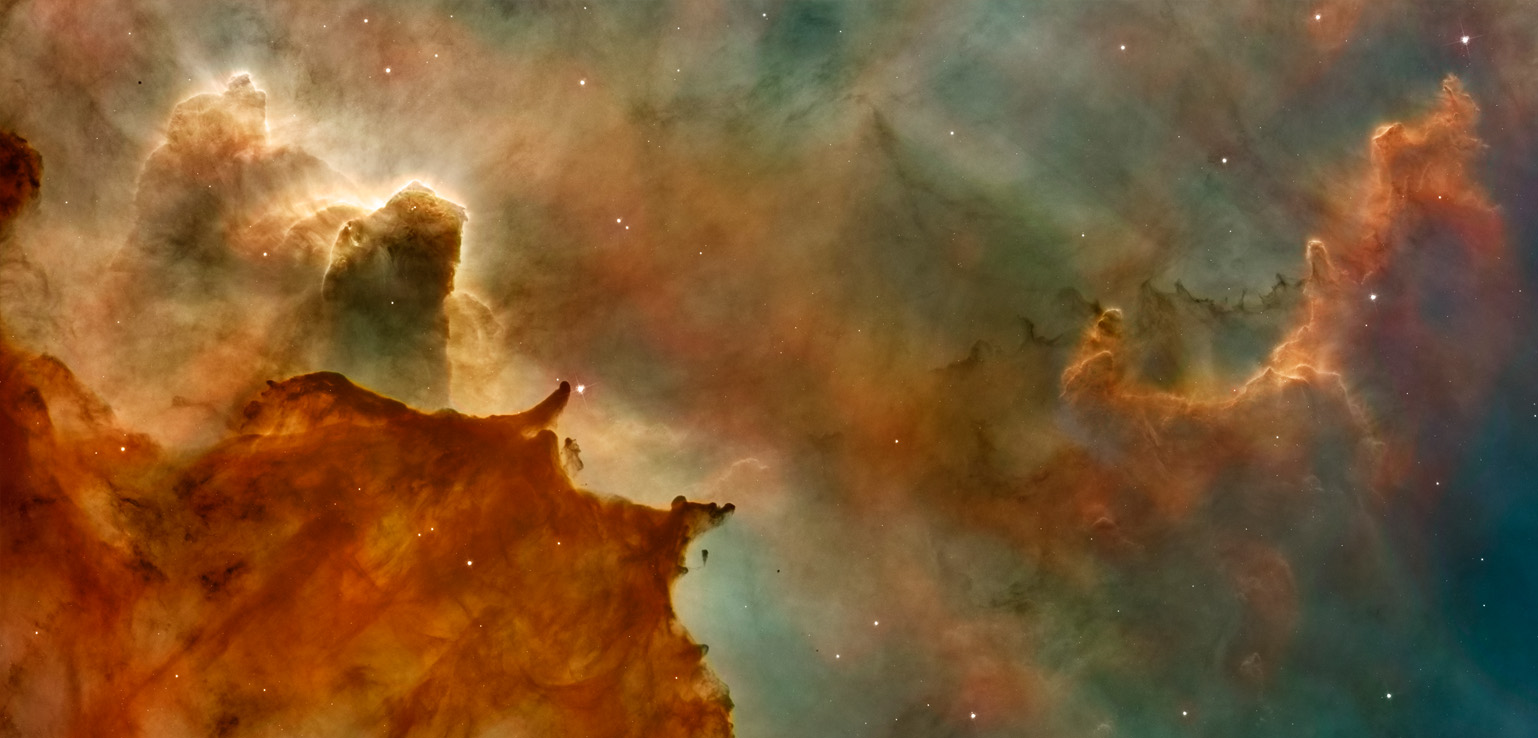“James Webb Space Telescope: All I Want For My Birthday”
Summary
It has been more than 20 years since the discovery of the first trans-Neptunian object (15760) 1992 QB1. In the intervening years, more than 1500 KBOs and Centaurs have been discovered, and this is still only a small fraction of the estimated total population. The study of this population (extending beyond the orbit of Neptune) through visible, near-infrared, and thermal photometry and spectroscopy has provided significant knowledge on the outer Solar System. The big picture of this region shows the trans-Neptunian belt as a population of icy objects, covered by a mixture of water ice, silicates and complex organics, with varied sizes (~9 to 2400 km) and albedos (4 – 90%, approximately).
It is our understanding that these ice-rocks are, by all means, the relics of the formation of the Solar System and keep deep in their frozen interior the code to decipher the first stages of its formation. However, after more than 20 years of studies from ground- and space- based telescopes we are not able, as yet, to unravel the conditions in the outer nebula during its various stages (planet formation, subsequent growth and orbital evolution, and physical and chemical changes to surfaces) into a clear picture of the chemical, dynamical, and thermal history of the outer Solar System.
James Webb Space Telescope (to be launched in 2018) will succeed the Hubble Space Telescope as NASA’s premier space-based telescope for planetary science. In this talk I will show how I expect that this amazing pair of NIR glasses will extend the knowledge of the outskirts of the Solar System and will fill in important pieces in the larger puzzle.
The presentation can be seen here.
View Presentation
